
Vinehealth Australia will begin rolling out its Wine Tourism Biosecurity Program for South Australian cellar door, marketing and tourism staff in wine regions next week.
Increased tourism to South Australian regions creates opportunities for the spread of pests, diseases and weeds on visitors’ vehicles, tyres, equipment, clothing and shoes. Keeping tourists out of vine rows is the best way to keep vines safe.
The program will arm cellar door and tourism staff with important tools to protect vines from devastating pests such as phylloxera.
The foundation of the Wine Tourism Biosecurity Program is a state-wide training program for every cellar door in South Australia.
Training will be delivered between January and March. There will be individual site training at cellar doors with high tourist visitation numbers and group training in regions for smaller cellar doors.
The program will include:
- What are the key biosecurity risks for cellar doors?
- What should cellar door and tourism staff say to tourists about biosecurity?
- What simple biosecurity initiatives can cellar doors implement to reduce the risks?
- What tools can Vinehealth offer to support cellar doors?
- How can cellar doors make vine health part of the consumer experience?
“We have some of the oldest grapevines in the world in South Australia. Our state is free of phylloxera and many of the other pests and diseases that have decimated wine regions around the world. But increased trade and tourism means increased pest and disease risks,” said Vinehealth Australia CEO Inca Pearce.
“Phylloxera is a particular risk as there are phylloxera infested zones in New South Wales and Victoria. Tourists could walk through a phylloxera infested vineyard and, unknowingly, pick up the tiny insect on their shoes or clothing, then be in a phylloxera-free vineyard in another region or state the same day.
“The best way to avoid the spread of pests, diseases and weeds is to keep tourists away from vines, or to ensure their footwear and clothing is safe before entering vine rows.”
Research has shown that conversations about the health of vines are not occurring with tourists. “There is a huge opportunity to educate the community about the precious vines that create the wines they enjoy, and how visitors can help keep those vines healthy,” Inca said.
The Wine Tourism Biosecurity Training Program is stage one of a comprehensive campaign, which also includes:
- A public awareness campaign to be launched in early 2018.
- Beautiful tourist-friendly signage for cellar doors, to educate visitors about their role in keeping vines healthy.
- The creation of six ‘best practice’ cellar door sites in South Australian wine regions featuring purpose-designed tourist signage, and Vinehealth Cellar Door Kits with footwear disinfestation equipment, shoe covers, rubber boots and educational materials.
“This is an exciting campaign that has received resounding support from wine regions across South Australia. This will set a precedent for vine health campaigns in Australia,” Inca said.
“The Wine Tourism Biosecurity Program in particular will create a legacy for regions, with knowledge passed on to key people in each region to continue training cellar door and tourism staff. We want vine health to become part of every conversation in wine regions around Australia.”
The program is funded by Vinehealth Australia and Primary Industries and Regions South Australia (PIRSA), with additional support from the South Australian Wine Industry Association (SAWIA).

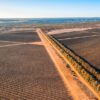


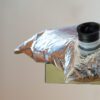


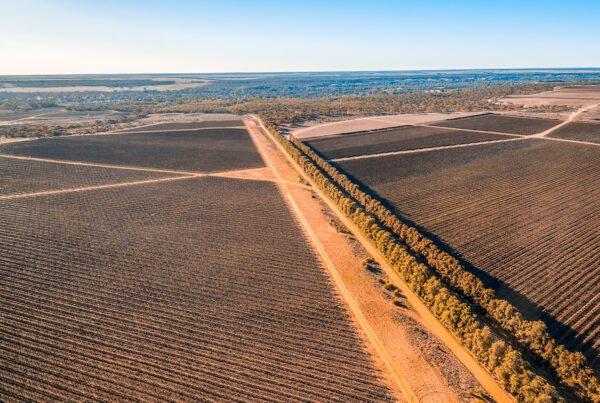
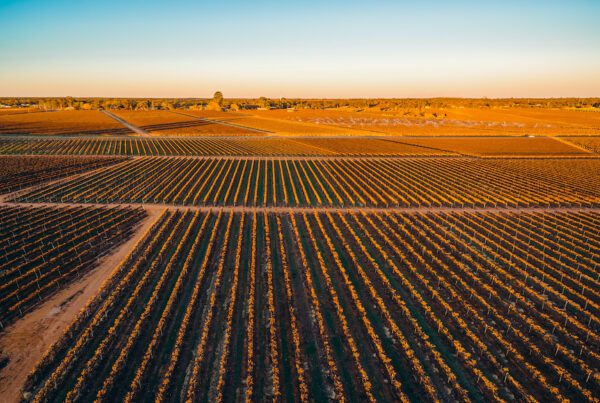
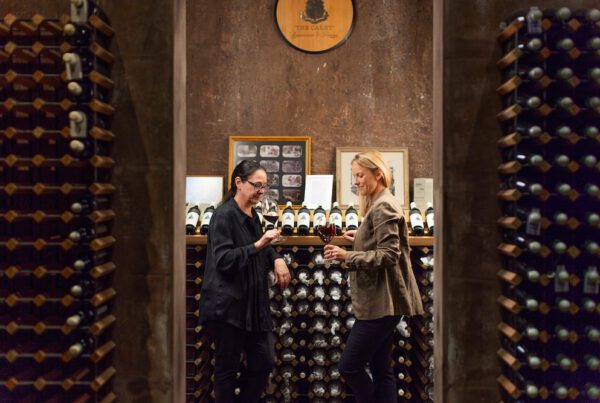
Recent Comments